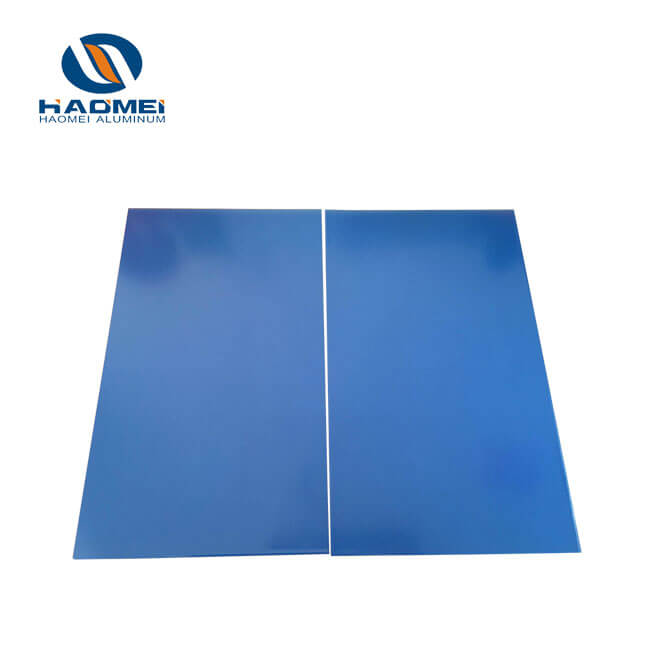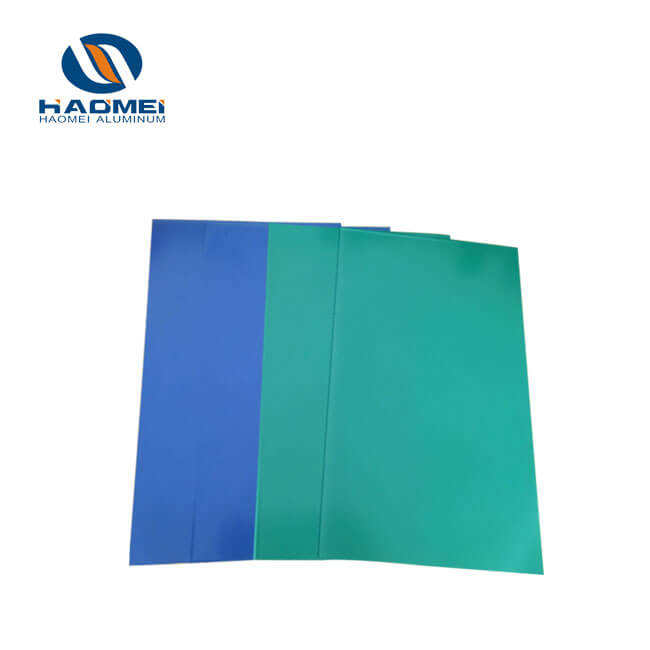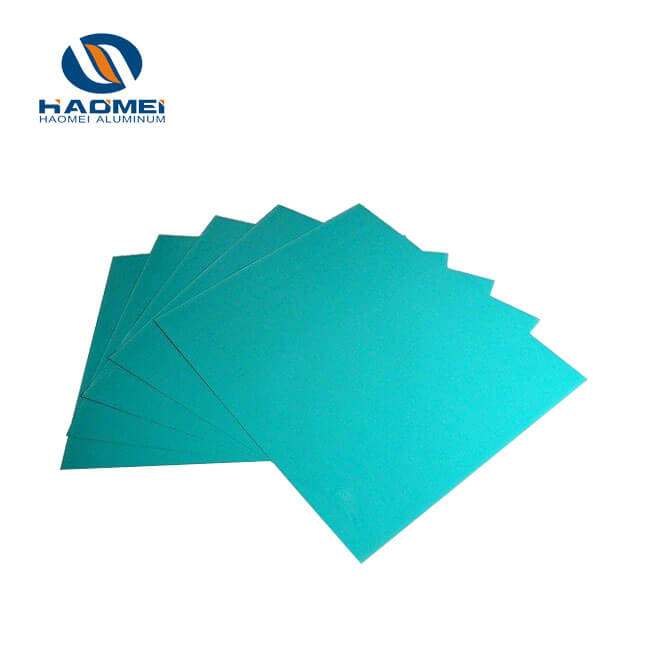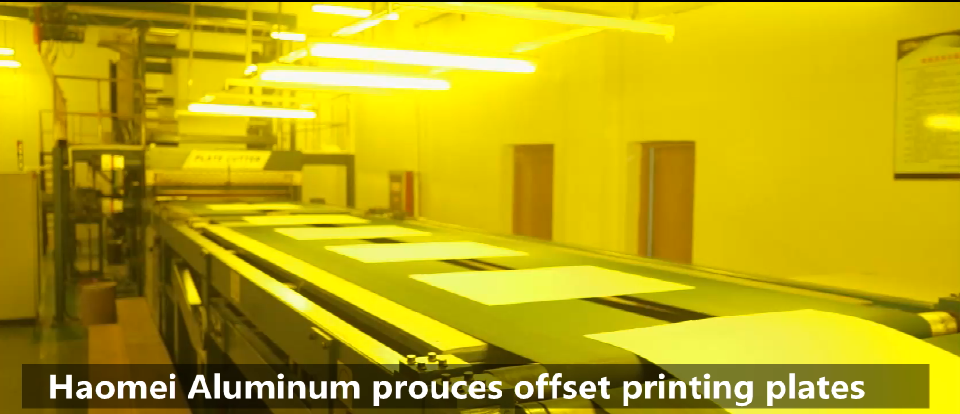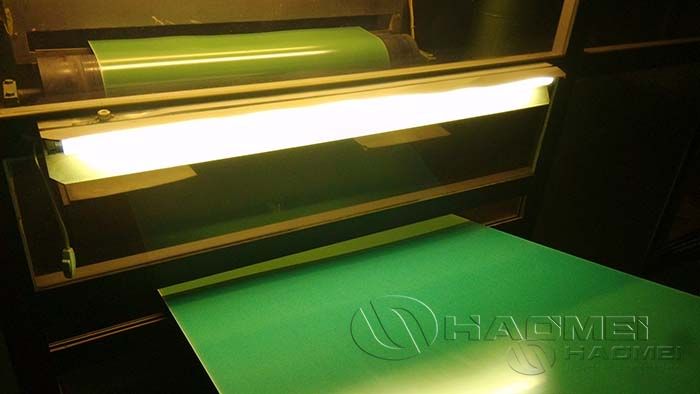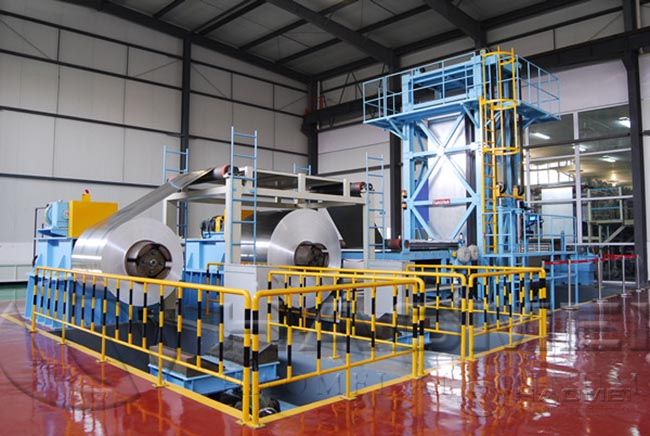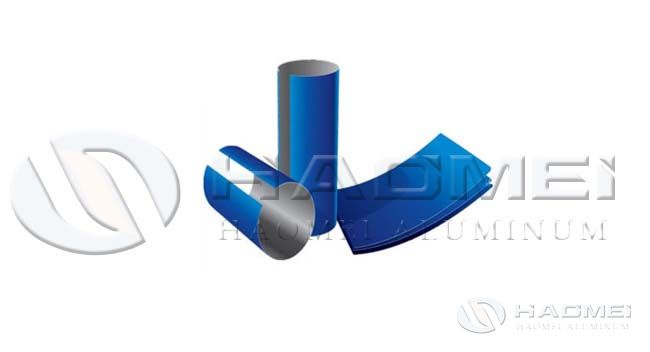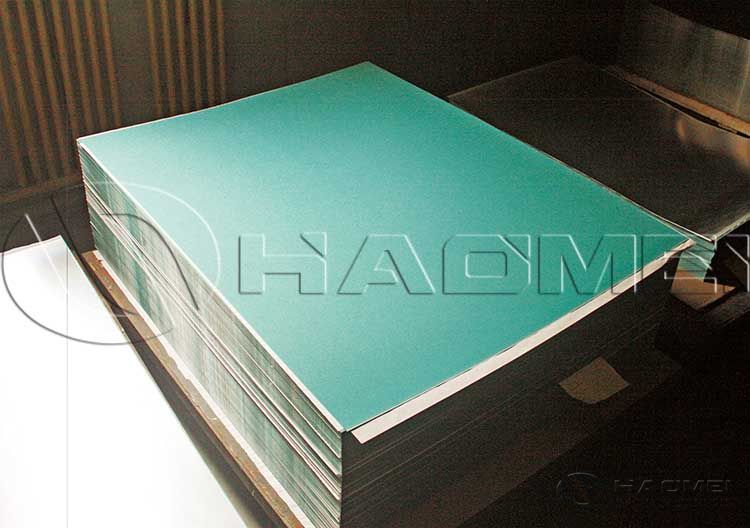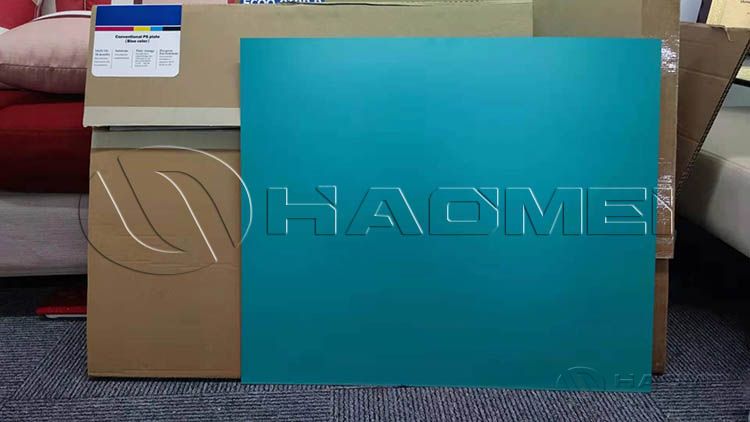What Is The Offset Printing Plate Thickness
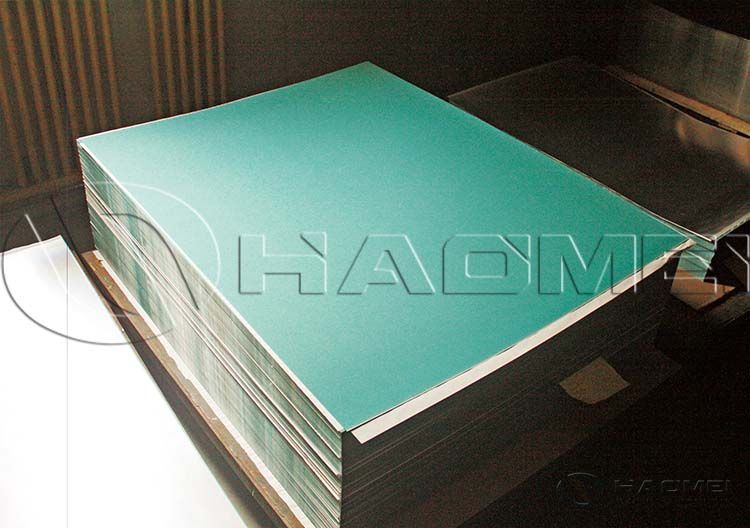
The commonly used thickness of aluminium offset printing plates are 0.14(0.15)mm and 0.27(0.30)mm. 0.23(0.25)mm and 0.40 mm are all unconventional thicknesses and require a minimum order quantity. Learn more.
The commonly used thickness of aluminium offset printing plates are 0.14(0.15)mm and 0.27(0.30)mm. 0.23(0.25)mm and 0.40 mm are all unconventional thicknesses and require a minimum order quantity and a special order for the aluminum base. There are several indexes to judge CTP plate quality like rit size, shape and distribution, coating thickness, etc.

1. Reappearance of printing dots
Dots are the basis for printing and copying graphic information and play a very important role in printing. The quality of the dots on the printing plate will directly affect the quality of the printed dots, which will in turn affect the reproduction of the entire printing process. Therefore, the first step in controlling dots is to choose a plate with good dot reproducibility.
In terms of technology, CTP has the ability to replicate 1%-99% of the dots. The remaining question is whether the CTP plate has the ability to support 1%-99% of outlets. This is an important indicator of CTP plate production quality. Like the traditional PS plate, the dots of the CTP plate are also composed of grit. To be able to support dots of less than 3%, the grit of the plate base needs to be fine enough.
The CTP plates currently on the market can reproduce 1%-99% of dots at a screening line count of 2001pi, and can reproduce at most 2501pi. And most of the ones that can be achieved are ctp thermal plates.
2. Line reproduction
Line reproduction, like dot reproduction, is the specific embodiment of plate resolution testing in printing. The line screening algorithm and the dot screening algorithm are different. The dots highlight the optical characteristics of a specific area, while the lines highlight the smoothness of the edges. Therefore, although the resolution is also tested, it is also necessary to test the line reproduction.
3. Ink affinity and wetting properties
The imaging of the plate discussed above is undoubtedly very important to printing. But the printing plate is ultimately used for printing, and the printability of the printing plates is also a very important aspect. The most closely related factors in printing are water and ink. The ink affinity of the printing plate and the wetting performance of the printing plate directly affect the ink balance of printing and thus the quality of printing.
4. Other indicators
In addition to the above indicators, there are also the following requirements for CTP plates such as sensitivity, size specifications, coating uniformity, printing durability, etc. Sensitivity refers to the CTP plate’s requirements for exposure light source energy. This indicator is especially important for thermal CTP plates, because the laser light source of the computer-to-plate setting machine is relatively expensive and difficult to replace, so it is necessary to extend the service life of the light source as much as possible.
There are no special requirements for the size specifications and coating uniformity of CTP plates. The printing durability usually varies according to the type of plate. Generally speaking, the denser the grit, the higher the printing durability. Haomei newspaper printing plates for sale has good printing durability. Welcome to leave message below to inquire what you need.
Inquiry
TABLE OF Contents

Haomei Aluminum CO., LTD.
Tel/Whatsapp: +86-15978414719
Email: sale@alumhm.com
Website: https://www.alumhm.com
Xin'an Industrial Assemble Region,Luoyang,Henan Province,China
Office Add: 1103, No.14 Waihuan Road, CBD, Zhengzhou, China



